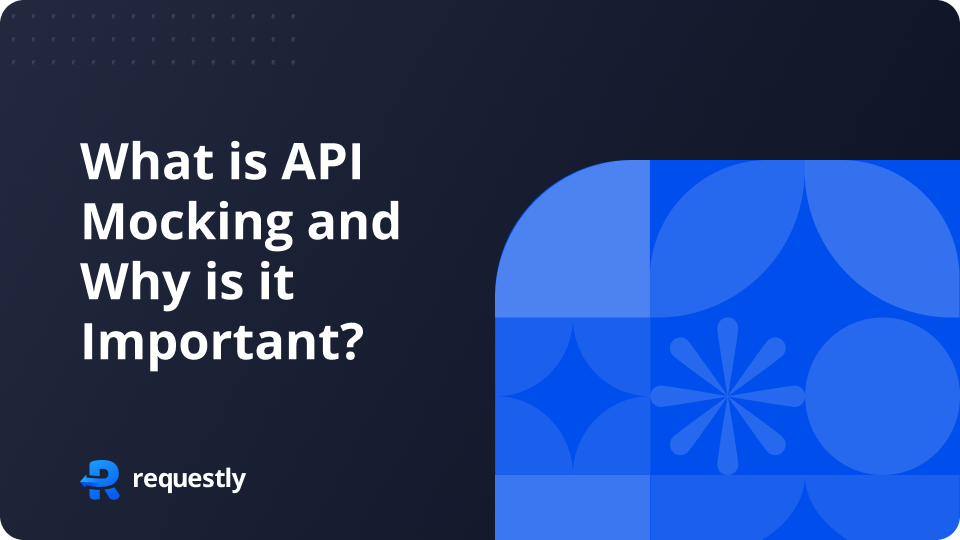What is API Mocking and Why is it Important?

API Mocking is widely used in the industry to accelerate and streamline the development of applications that rely on APIs. Let’s start with the fundamentals of API mocking, explore its numerous benefits and common use cases where it proves invaluable, and then delve deeper into how to create API Mocks.
Introduction
When developing applications that rely on multiple APIs, ensuring the proper functioning of these APIs is paramount. A desirable response within milliseconds is crucial for maintaining a smooth development workflow. Nothing hinders development more than excessive waiting times between screen refreshes. Furthermore, there are instances where the API itself is still under development.
API Mocks provide a solution in these scenarios. They return predefined responses for a given API request without executing any underlying business logic. This nature makes Mock API responses fast and reliable, regardless of how often they are accessed.
How API Mocking Works
Creating a mock API typically involves defining the endpoints, setting up the expected responses, and configuring the behavior of these responses. Tools and frameworks like Postman, WireMock, and Requestly are commonly used to facilitate this process. These tools allow you to easily create, manage, and deploy mock APIs.
Benefits of API Mocking
Faster Development
One of the primary benefits of API mocking is accelerating the development process. With mock APIs, you can work independently of the actual API’s availability. This means that front-end and back-end teams can work in parallel, reducing bottlenecks and speeding up the overall development cycle. For example, if the back-end API is still under development, the front-end team can use a mock API to continue their work without delay.
Easier Testing
API mocking provides a stable and predictable testing environment. By simulating API responses, you can ensure that your tests are consistent and free from external variables like network issues or API downtimes. This controlled environment reduces test flakiness and enhances the reliability of automated tests. Furthermore, you can simulate various edge cases and error responses that might be challenging to replicate with the actual API.
Reducing Dependencies
In a collaborative development environment, teams often depend on each other’s work. API mocking helps mitigate these dependencies by allowing teams to work independently. For instance, if a third-party service is unreliable or undergoing maintenance, you can use a mock API to simulate its behavior and continue your work without interruption.
Common Scenarios Where API Mocking is Useful
Development in Parallel
API mocking enables front-end and back-end developers to work simultaneously. While the back-end team develops the actual API, the front-end team can use a mock API to build and test their interface. This parallel development approach significantly speeds up the project timeline.
Handling Unavailable or Incomplete APIs
In many cases, APIs may be incomplete or unavailable during the initial stages of development. Mock APIs fill this gap by providing a stand-in that you can use to proceed with your work. This ensures that development continues smoothly without waiting for the API to be fully functional.
Simulating Edge Cases and Errors
Mock APIs allow you to simulate various responses, including edge cases and error conditions that might be difficult to reproduce with a live API. This capability is crucial for thorough testing and ensuring that the application can handle unexpected scenarios gracefully.
Testing Third-Party Integrations
When integrating with third-party services, developers often face challenges related to service reliability and response times. Mock APIs provide a way to simulate these third-party services, allowing developers to test their integrations without relying on the actual services. This approach not only speeds up development but also ensures more robust and reliable integrations.
Next Actions
As you explore the world of API mocking, consider integrating it into your development workflow to reap these benefits. Numerous tools and resources are available to help you get started and make the most of this innovative approach.
Contents
Subscribe for latest updates
Share this article
Related posts



















